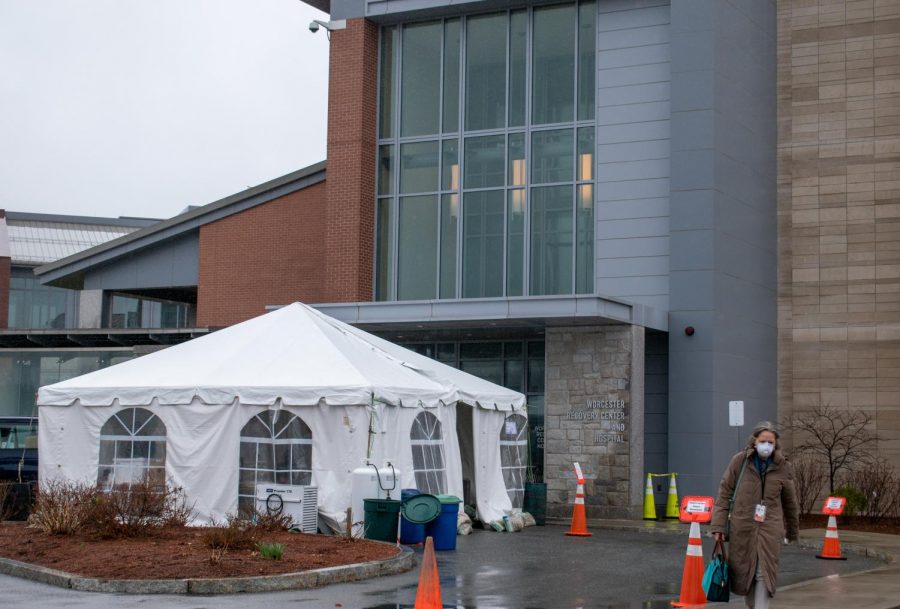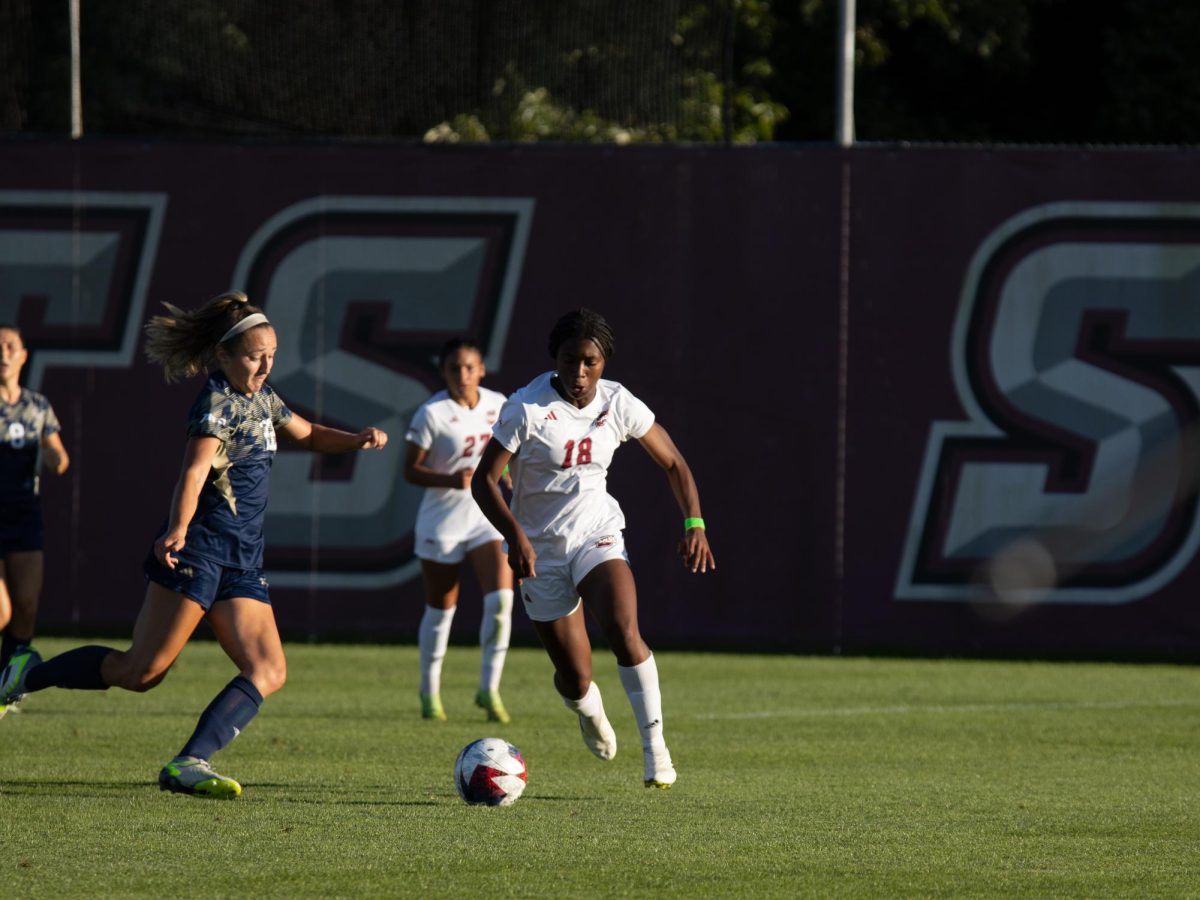The conversation surrounding who gets the COVID-19 vaccine is a particularly thorny one, with the question of who should be prioritized having permeated the national conscience starting with the first shot that was administered.
One particular group of people, however, have gone largely ignored in the midst of the distribution chaos: people with disabilities.
Disabled people face disproportionate risk in terms of both contracting and experiencing severe, and sometimes fatal, complications due to COVID-19. Those with developmental and intellectual disabilities are around two to three times more likely to die of COVID-19. People with physical disabilities also face many risks from contracting the disease. For example, according to the Mayo Clinic, people with disabilities such as spinal cord injury or dysfunction and multiple sclerosis “may be at greater risk of severe illness and pneumonia if they develop COVID-19.” Medications for the purpose of managing disability-related conditions may lead to a diminished immune response, and the weakened abdominal muscles some physical disabilities bring also present a danger, especially for a respiratory illness like COVID-19.
The need for many people with disabilities to receive long-term care also contributes to a higher likelihood of catching the disease in the first place. Living at care facilities, in group homes or even with a live-in caregiver makes them more susceptible to catching the disease, with the spread of COVID-19 reaching horrifying levels in some situations.
Yet despite the clear threat the disease poses to the disabled community, the recognition and priority they have received in terms of the vaccination plans in most states, and in the Centers for Disease Control guidelines that help dictate these individual plans, is dismal. The guidelines only list a scant 12 conditions out of the many that contribute to increase risk of death, and the agency even admits this. What happens, then, to the people with disabilities outside those directly detailed?
I recently spoke with my friend Sarika Chawla about her fears regarding the virus and frustrations over the distribution policy in Massachusetts. Sarika is paraplegic, meaning she experiences paralysis in her lower body. One of the conditions which tie into her disability is scoliosis, a spinal curvature that causes her decreased lung capacity, something which clearly would cause grave complications if she were to contract the disease. It seems logical that she would receive a greater priority in terms of receiving the vaccine, but as paraplegia is not listed under those guidelines, she seems to be relegated all the way to Phase 3.
Under the Massachusetts guidelines, “individuals with 2+ certain medical conditions” are placed in Group 2 of Phase 2 of the vaccine rollout, with people with only one such condition being relegated to Group 4. These “certain medical conditions” are taken directly from the CDC guidelines and are thus woefully inadequate. If a person has a disability that does fit neatly within the list of conditions, like Sarika, they are relegated to Phase 3 alongside the general public, an extremely poorly thought out plan considering how much more they would need it. Even for those with the disabilities that are listed, they still do not receive priority equitable with the sheer level of risk they face. For example, people with Down syndrome are 10 times more likely to die of COVID-19 than the general public, a result of genetic factors and immune complications. Yet if a person has Down syndrome and none of the other listed conditions, they would be relegated behind the many workers who consist of Group 3, despite arguably needing to be protected from COVID-19 more.
These guidelines completely ignore the complex nature of disability. While certain disabilities may not be intrinsically linked to a worse prognosis from the disease in the way that Down syndrome is, the underlying health complications people who have them face also present risk. Even ignoring all of this, the discrimination people with disabilities face from the healthcare system, something which has worsened during the pandemic to a sometimes fatal result, means that contracting COVID-19 exposes them to the dangers of ableist attitudes from healthcare providers. There have been far too many cases of disabled people being “illegally excluded… from accessing life-saving treatment like ventilators based on their disabilities,” a disgusting and murderous practice that trivializes their lives in favor of non-disabled people.
Reducing the priority of people with disabilities is an incredibly harmful action, and the guidelines that do so are endemic of a larger problem: the systemic and sweeping disregard of disabled people and their health. It’s time for President Joe Biden’s administration to live up to their promise of a strong federal push for equitable vaccine distribution. True equity cannot be achieved until disabled people are prioritized for receiving the vaccine at a level proportionate to the elevated risk they face from COVID-19. Changing the CDC guidelines to properly reflect the breadth of disability, and the many conditions which can cause complications from the disease, is an important first step. Having more people with disabilities who are intimately acquainted with how to rework them in the most effective way possible is imperative for this.
Ultimately, though, it lies upon the states to increase the priority disabled people are given within the context of their vaccination phases. To prevent any more unnecessary deaths and take steps to reverse the damage such gross dismissal has wrought, this must be done as soon as possible.
Srija Nagireddy is a Collegian columnist and can be reached at [email protected]




















